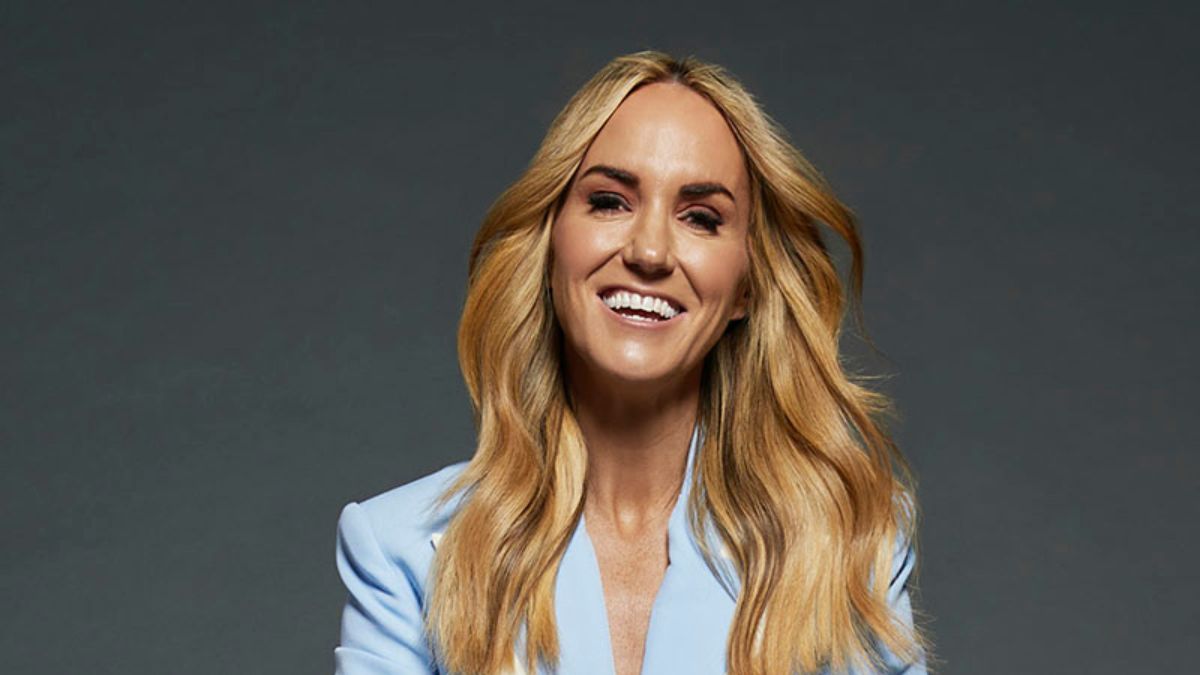A Founder's Guide to Pricing with Confidence and Keeping Your Customers
There is a question that strikes fear into the heart of even the most confident entrepreneur. It’s a question laced with anxiety about customer backlash, fears of being seen as greedy, and the terrifying possibility of losing the business you’ve worked so hard to build.
That question is: "How do I put up my prices?"
For many founders, especially women, this isn't just a financial decision; it's a deeply emotional one. We feel a huge sense of loyalty to our customers. We worry about letting them down. We undervalue our own work. And so, we hold our prices steady, even as our own costs—for rent, for supplies, for staff—are relentlessly rising. We absorb the pain, slowly squeezing our own profit margins until there is nothing left.
This path is not a path of loyalty; it is a path to burnout and business failure.
Raising your prices is not an act of aggression; it is a necessary, strategic, and healthy act of business leadership. It is a sign that you value your product, your team, and your own contribution enough to build a sustainable, thriving enterprise for the long term.
This entire, complex topic was at the heart of a wonderfully thoughtful and insightful conversation I had on my podcast with Melissa. Melissa has a successful and growing business on the Gold Coast, but she was facing this very challenge: rising costs and the daunting prospect of having to change her prices.
Her questions were brilliant and got to the core of the issue. We talked about value, loyalty, communication, and how to do this in a way that feels fair to everyone. Our conversation then beautifully evolved to touch on two other critical areas for a time-poor founder: building a connected team on a budget, and the eternal challenge of balancing business ownership with family responsibilities.
Today, inspired by Melissa's courage, I want to give you my definitive guide to pricing with confidence and communicating with class.
The Mindset Shift - From Cost-Plus to Value-First
The first and most important step in any pricing conversation is to change the way you think about price itself. Most businesses fall into the trap of "cost-plus" pricing. They calculate their costs, add a small margin, and that becomes the price. This method is logical, but it has a fatal flaw: it anchors your value to your expenses, not to the results you create for your customer.
You must shift to a value-first pricing mindset. This means your price is not determined by what it costs you, but by the value of the problem you solve for your client.
Ask yourself these questions:
- What pain are you removing from your customer's life?
- What goal are you helping them achieve?
- How much time, money, or stress are you saving them?
- What is the emotional outcome of using your product or service? (e.g., confidence, peace of mind, joy, relief)
When you understand the true value of the transformation you provide, you can price it accordingly. As we discussed in the podcast, it’s critical to understand the role your business plays in your clients' lives. Are you a "nice-to-have" luxury, or are you an essential partner in their success or wellbeing? The more essential you are, the less price-sensitive your customers will be.
Once you are anchored in the value you provide, your confidence in your price will skyrocket. You are no longer "charging more"; you are charging what your service is worth.
The "How-To" - Strategies for a Smart and Smooth Price Increase
Okay, you've made the decision. Now, how do you actually do it? A clumsy price increase can alienate your best customers, while a strategic one can actually strengthen their loyalty.
1. Communicate Proactively and Transparently
Do not surprise your customers. This is the golden rule. Give them plenty of notice—at least a month, preferably more. The key is to frame the communication not as an apology, but as a confident, transparent explanation.
- Explain the "Why": Briefly and honestly explain the reasons for the change. You can mention rising costs, but immediately pivot to the positive. "To continue providing the high level of service you expect and deserve, and to keep investing in [a new technology, better materials, training for our team], we will be adjusting our prices as of [Date]."
- Reinforce the Value: Remind them of the value you provide. This is your chance to reiterate your commitment to quality and service. "This change will allow us to continue to [deliver X, Y, and Z benefits to you]."
2. Reward Loyalty (The Grandfather Clause)
This was a key part of my conversation with Melissa. The customers you need to be most careful with are your long-term, loyal clients. One of the best strategies is to reward them.
- Offer a Grace Period: "For all our valued existing clients, the new pricing will not take effect until [a later date]."
- The "Grandfather" Offer: "As a thank you for your incredible loyalty, we would like to offer you the chance to lock in your current pricing for the next 6 or 12 months by prepaying or signing up for a new package." This does two powerful things: it makes your loyal customers feel seen and valued, and it can give your business a fantastic short-term cash flow boost.
3. The Art of the "Un-Noticeable" Increase and Value-Adding
Sometimes, a small, incremental increase is better than a large, shocking one. A 3-5% annual price review should be a standard part of your business practice. Often, this is small enough that many customers won't even notice, especially if it's coupled with an increase in value.
Are there small, low-cost things you can add to your service that increase the perceived value? This could be a small bonus report, a slightly faster turnaround time, or access to an exclusive piece of content. When people feel they are getting more, they are far less resistant to paying more.
Beyond the Pay Cheque - Building Team Culture on a Budget
As Melissa rightly identified, a great team culture is essential, especially when your business is growing and under pressure. She asked what sort of things I have done that don't cost a lot but build powerful team connection. This is one of my favourite topics.
Culture isn't built with expensive perks; it's built with consistent, intentional acts of recognition, trust, and connection.
- The Power of "Thank You": This is the most powerful and underutilised tool in any leader's arsenal. Be specific. Don't just say "good job." Say, "Thank you for the way you handled that difficult customer call. I was so impressed with your patience and empathy." A specific, timely "thank you" costs nothing and can make an employee's entire week.
- Celebrate Wins, Big and Small: Create a ritual for celebrating successes. Ring a bell when you hit a sales target. Read out a positive customer review at the start of your weekly team meeting. This creates a culture of positive momentum.
- The "Vivid Experience": This is a concept I live by. I’ve always believed in creating shared experiences for my team. It doesn't have to be an expensive off-site. It could be finishing an hour early on a Friday to go bowling together. It could be a team potluck lunch. The goal is to create moments of human connection outside of the daily grind. The shared memory and inside jokes from these experiences are the glue that holds a team together.
- Ask for Their Ideas: One of the greatest ways to show you value your team is to ask for their input on the business. They are on the front lines and often have the best ideas for improvement. Creating a simple system for them to submit ideas—and then actually acting on the good ones—shows them that they are respected partners in the business, not just cogs in a machine.
The Founder with a Family - A Conversation on Integration
Finally, Melissa asked the question that every parent-founder carries with them every single day. With two small children at home, she often feels like she is "forever racing." She asked how I managed and what I did.
The first thing I want to say is this: let go of the myth of "balance." Balance implies a perfect, static equilibrium, which is impossible. As a founder with a family, you are not a serene statue; you are a dynamic juggler. Some days you will be a brilliant CEO and a good-enough mum. Other days you will be a brilliant mum and a good-enough CEO. Giving yourself the grace to accept this is the first step.
Here are the practical strategies that saved me:
- Ruthless Calendar Blocking: My calendar was, and is, my fortress. Family time was blocked out with the same seriousness as a board meeting. "School concert" or "Family dinner" were non-negotiable appointments. If it's not in the calendar, it's not real.
- The Power of Presence: When I was at work, I was 100% at work. When I was at home, I was 100% at home. This is incredibly difficult, but it's a discipline you must cultivate. Put the phone away between 6 pm and 8 pm. Be present for the bath time story. Your children would rather have one hour of your fully engaged attention than three hours of you being physically present but mentally distracted.
- Delegate at Home, Not Just at Work: We often think about delegating tasks in the business, but we forget to apply the same logic to our home lives. Can you afford a cleaner for a few hours a week? Can you get your groceries delivered? Outsource any domestic task that doesn't require you specifically, to buy back precious time that you can spend with your family.
- Create Family Rituals: Rituals are anchors in a chaotic life. It could be "pancake Saturday" every week, or a dedicated "family movie night" every Friday. These predictable moments of connection become the bedrock of family life, even when the days around them are crazy.
A Conversation for Every Business Person
Our full conversation on the podcast was a wonderfully open and honest exploration of these interconnected challenges. You can hear Melissa's passion for her business and her people, and we workshopped every one of these points in the real-world context of her growing enterprise. It's a powerful reminder that the challenges of pricing, team culture, and family life are not separate issues; they are all facets of a founder's single, holistic journey.
Your Price is a Statement of Your Value
The decision to raise your prices is a profound moment of truth for any founder. It's the moment you stop treating your business like a passion project and start treating it like the valuable, sustainable enterprise it deserves to be.
It requires you to get clear on the immense value you provide. It requires you to communicate with confidence and transparency. And it requires you to build a business—with a great team and a sane personal life—that is truly worth the price you are charging.
You are not just selling a product or a service. You are selling your expertise, your passion, your commitment, and your solution to your customer's problem. Price it accordingly.






